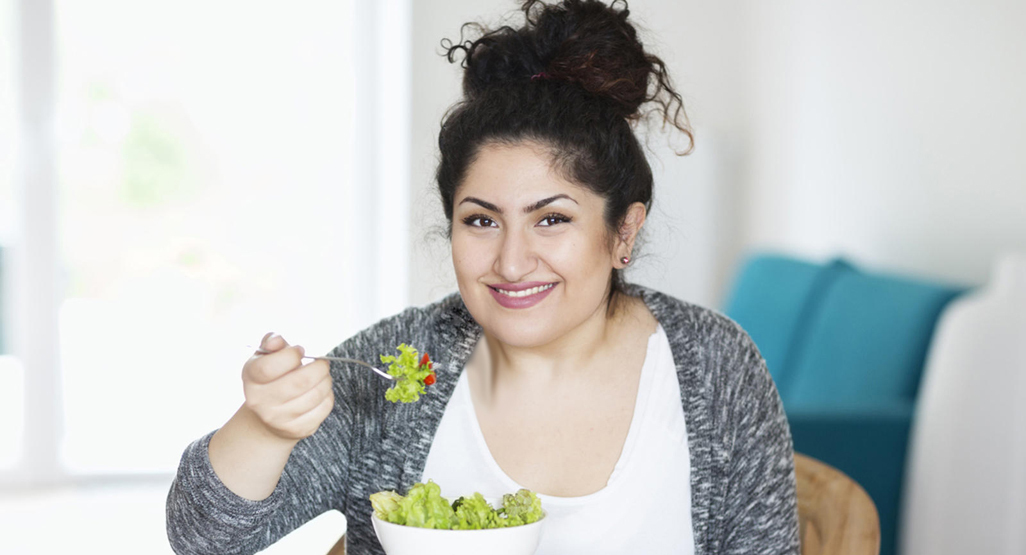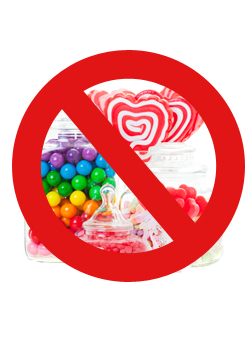
The Whole30 diet is a way to reset your metabolism and cleanse your digestive tract. You won't be able to eat junk food or store-bought products, and you'll also need to avoid certain kinds of dairy and soy. But you can still eat plenty of vegetables and fruits, which can be an ideal alternative to fast-food. This list includes healthy snack and meal recipes. These tasty and nutritious treats are easy to make without sacrificing the flavor you love.
The Whole30 diet allows people to eat all kinds of fruits and veggies. You don't need to eliminate all of these foods from the Whole30 diet, but you do have to be careful about which ones you avoid. You can find the list of forbidden and allowed foods on the website of the Whole30. You can also download the free chart. This means you can print it and stick it in your pocket or save it on your phone.
However, packaged foods are not allowed. You can however buy them in a shop that has them. Even though these foods technically comply with Whole30, the Whole30 list doesn't allow them. It encourages people to eat more unprocessed and natural foods, such as fruits, nuts, and seed. While you are eating more vegetables than ever before, processed meat will not be available to you. So make sure to read the labels.

The whole 30 plan encourages eating more vegetables than usual. Because vegetables are richer in nutrients, fiber, and other nutrients, they are more nutritious. The Whole30 diet does not allow cowboy ribeyes to be eaten for more than 30 days. Vegetables are rich in fiber and minerals. Fruits are high in natural sugar so you should not make fruit a mainstay of your diet. A lot of people don't even realize that they're eating too much sugar.
Whole30 will allow you eat any vegetables you want, but you can't eat potatoes. You can eat fruits and vegetables without restrictions, but you should avoid processed cheese and red meat, which are known to cause bloating. But even though you may have to buy these items from a grocery store that carries them.
Fish and eggs are other Whole30-friendly food options. These can be added to stir-fries or salads. However, you should not consume too many of them. However, it is possible to still eat them in moderation when you choose the right kind of food. Even though chocolate is not something you can enjoy, almond butter and carrots are. Almond butter and vegetable juice can be used in moderation.
Although the Whole30 diet is not right for everyone it is an effective way to detox your body, lose weight and improve your health. It can also help you eat healthier and feel better. If you're trying it for the first time, there are a few things to remember before you begin the program. If you're not sure which foods to include, you should try to eat them as often as possible.

Bananas and plantains can be fried in coconut oil. These are both foods that are permitted on Whole30. Coconut oil can be used to fry plantains and bananas, but avoid overripe bananas. Avocados are a staple of Whole30, and will help you manage your cravings. The Whole30 diet is best to be consistent for a few months to reap the benefits.
The Whole30 program is a great way of changing bad eating habits. You can avoid sugar and processed food. You can make your body feel great by eating real, whole foods that aren't processed. It doesn't require any calorie counting, portion measurement, or weight control. Whole30 doesn't require you to live a traditional lifestyle. But you must make sure that you don't have any side effects while you're on the diet.
FAQ
Is cold an indication of a weaker immune system?
According to some, there are two types: people who love winter or those who hate it. You might wonder why you feel so miserable in the cold, no matter how much you love or hate winter.
The fact is that our bodies are designed for warmth and function best. In fact, we evolved to thrive in hot climates because that's where most of our food sources are located.
However, our environment is quite different than that of our ancestors. We spend more time indoors than ever before, and are often exposed both to cold and heat extremes.
Because of this, our bodies have become accustomed to extremes. It means that when we do go outdoors, we are often tired, sluggish or even sick.
These effects can be reversed, however. Staying hydrated is one way to combat this. If you drink plenty of water, you'll help keep your body properly hydrated and flush toxins from your system.
Also, ensure you eat healthy food. The best way to maintain your body's optimal temperature is by eating nutritious food. This is especially helpful for people who spend a lot of time indoors.
Take a few minutes every morning to meditate. Meditation helps you relax your mind and body, which makes it easier to deal with stress and illness.
What are the ten best foods to eat in America?
These are the top 10 foods to eat.
-
Avocados
-
Berries
-
Broccoli
-
Cauliflower
-
Eggs
-
Fish
-
Grains
-
Nuts
-
Oats
-
Salmon
Increase immunity with herbs or supplements
You can boost your immune function with herbs and natural remedies. Ginger, garlic, ginger, echinacea and ginkgo biloba are some of the most common.
However, these herbal remedies should not replace conventional medical treatment. Side effects may include nausea, diarrhea, stomach cramps (dizziness), headaches, dizziness and stomach cramps.
Exercise: Is it good or bad for immunity?
Exercise is good to your immune system. Your body creates white blood cells when you exercise that fight infection. Your body also eliminates toxins. Exercise helps to prevent heart disease and cancer. It also reduces stress levels.
Exercising too frequently can make your immune system weaker. Exercising too hard can make your muscles sore. This can lead to inflammation and swelling. Your body will then produce more antibodies in order to fight infections. However, these antibodies can also cause allergic reactions and autoimmune diseases.
So, don't overdo it!
How does an anti-biotic work?
Antibiotics are drugs which destroy harmful bacteria. The treatment of bacterial infections is done with antibiotics. There are many options for antibiotics. Some can be taken orally while others are injected. Others are topically applied.
People who have been exposed are often given antibiotics. To prevent shingles, an oral antibiotic may be prescribed to someone who has had chicken pox. A penicillin injection might be given to prevent pneumonia in someone who has had strep.
If antibiotics are to be administered to children, they must be prescribed by a doctor. Children are at greater risk than adults for developing serious side effects from taking antibiotics.
The most common side effect of antibiotics is diarrhea. Other possible side effects include stomach cramps, nausea, vomiting, allergic reactions, headaches, dizziness, and rashes. Most of these symptoms disappear after the treatment is completed.
How do I know what's good for me?
You have to listen to what your body says. Your body knows best when it comes to how much exercise, food, and rest you need. It is important to listen to your body to ensure you are not doing too much. Pay attention to your body, and ensure that you are doing all you can to keep yourself healthy.
Statistics
- nutrients.[17]X Research sourceWhole grains to try include: 100% whole wheat pasta and bread, brown rice, whole grain oats, farro, millet, quinoa, and barley. (wikihow.com)
- According to the 2020 Dietary Guidelines for Americans, a balanced diet high in fruits and vegetables, lean protein, low-fat dairy and whole grains is needed for optimal energy. (mayoclinichealthsystem.org)
- Extra virgin olive oil may benefit heart health, as people who consume it have a lower risk for dying from heart attacks and strokes according to some evidence (57Trusted Source (healthline.com)
- This article received 11 testimonials and 86% of readers who voted found it helpful, earning it our reader-approved status. (wikihow.com)
External Links
How To
27 Steps to achieve a healthy lifestyle when your family only buys junk food
The most common way to eat healthy is to cook at home. However, this is often difficult because people do not know how to prepare healthy meals. This article will provide some helpful tips for making healthier dining out choices.
-
Select restaurants that offer healthy dishes.
-
Before you order any meat dishes, make sure to order salads or vegetables.
-
Ask for sauces with no added sugar.
-
Avoid fried items.
-
Grilled meats are better than fried.
-
Order dessert only if you absolutely need it.
-
After dinner, make sure you have something to eat.
-
Always eat slowly and chew your food thoroughly.
-
Drink plenty of water while eating.
-
You should not skip breakfast or lunch.
-
Have fruit and veggies with every meal.
-
Drink milk rather than soda.
-
Sugary drinks are best avoided.
-
Reduce the salt content of your diet.
-
Try to limit the number of times you go to fast food restaurants.
-
If you can't resist temptation, ask someone to join you.
-
Don't let your children watch too much TV.
-
When you are eating, keep the television off.
-
Avoid energy drinks
-
Take regular breaks from the office.
-
Get up at a reasonable hour and do some exercise.
-
Every day, exercise.
-
Start small and then build up slowly.
-
Set realistic goals.
-
Be patient.
-
Exercise even if it's not your favorite thing to do.
-
Positive thinking is key.